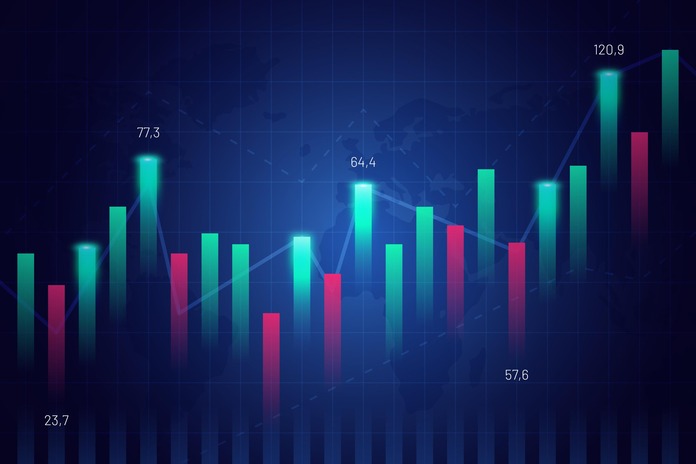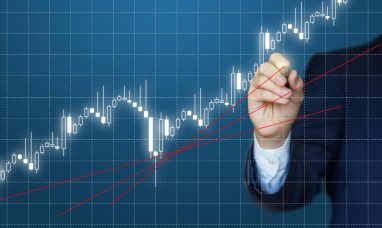The U.S. stock market volatility continued to dominate headlines this week as investors navigated sharp swings across equities, bonds, and currencies. The stock market ended the week on a high note despite continued uncertainty surrounding President Donald Trump’s escalating trade war with China and intense pressure in the Treasury market.
On Friday, the S&P 500 surged 1.7% in afternoon trading after a choppy session. The Dow Jones Industrial Average flipped from a loss of 340 points to a gain of 606, ending up 1.5%. The Nasdaq composite advanced 1.8%, rounding out a dramatic week of U.S. stock market volatility.
Bond Market Stress Contributes to Stock Swings
Much of the week’s turbulence stemmed from unusual moves in the U.S. bond market. The yield on the 10-year Treasury briefly topped 4.58%, up significantly from 4.01% just one week prior. Such a steep increase, in a market that typically moves in tiny increments, unnerved investors and signaled deeper concerns.
Higher Treasury yields often translate into more expensive borrowing costs for households and businesses, potentially slowing down economic growth. Although the yield later fell back to 4.49%, the sharp rise triggered sell-offs and added fuel to the ongoing U.S. stock market volatility.
U.S. Dollar Falls Despite Rising Gold Prices
The U.S. dollar also took a hit, dropping against global currencies such as the euro, the yen, and the Canadian dollar. This came despite a rise in gold prices—typically seen as a safe-haven asset when investor fear is high.
This disconnect indicates that global confidence in the U.S. financial system may be eroding. Some analysts speculate that foreign investors are selling off U.S. assets in reaction to the trade war and broader geopolitical risks.
China Retaliates with Steep Tariffs on U.S. Goods
Investor concerns escalated further after China announced new tariffs of up to 125% on U.S. goods, in response to the Trump administration’s continued tariff hikes. The Chinese Finance Ministry called the repeated tariff escalations “a joke in the history of the world economy,” and vowed to fight to the end if provoked further.
This tit-for-tat policy deepens fears of a global recession and adds to the uncertainty driving U.S. stock market volatility. Despite a 90-day pause on some tariffs for other countries, the trade standoff with China remains unresolved.
Consumer Confidence Dips as Inflation Worries Mount
The University of Michigan’s latest consumer sentiment survey showed a sharp drop in confidence, with concerns widespread across all demographics. The public now expects inflation to reach 6.7% in the year ahead—the highest projection since 1981. Such expectations, if sustained, could create a self-fulfilling inflationary cycle that pressures the Federal Reserve’s policy decisions.
While inflation data released Friday came in better than expected, the numbers reflected March prices. With tariffs looming, many fear rising costs will soon make their way through the broader economy.
Strong Bank Earnings Offer Temporary Relief
Earnings reports from top U.S. banks offered a momentary bright spot.
- JPMorgan Chase (NYSE:JPM) rose 4.4% after reporting better-than-expected profits.
- Morgan Stanley (NYSE:MS) gained 1.7%.
- Wells Fargo (NYSE:WFC) fell 0.8%, though its results were also stronger than anticipated.
These positive surprises helped stabilize sentiment temporarily, though U.S. stock market volatility remains a key theme.
Global Markets Reflect Diverging Trends
International markets mirrored the confusion. Germany’s DAX slipped 0.9%, while the FTSE 100 rose 0.6% after better-than-expected economic growth in the U.K. In Asia, Japan’s Nikkei 225 dropped 3%, but Hong Kong’s Hang Seng rose 1.1%.
As geopolitical uncertainty and macroeconomic shifts persist, investors around the world are bracing for more twists and turns.
Despite the late-week rally, the path ahead remains rocky. The combination of trade tensions, interest rate pressures, and inflation fears ensures that U.S. stock market volatility is far from over.
Featured Image – Freepik







